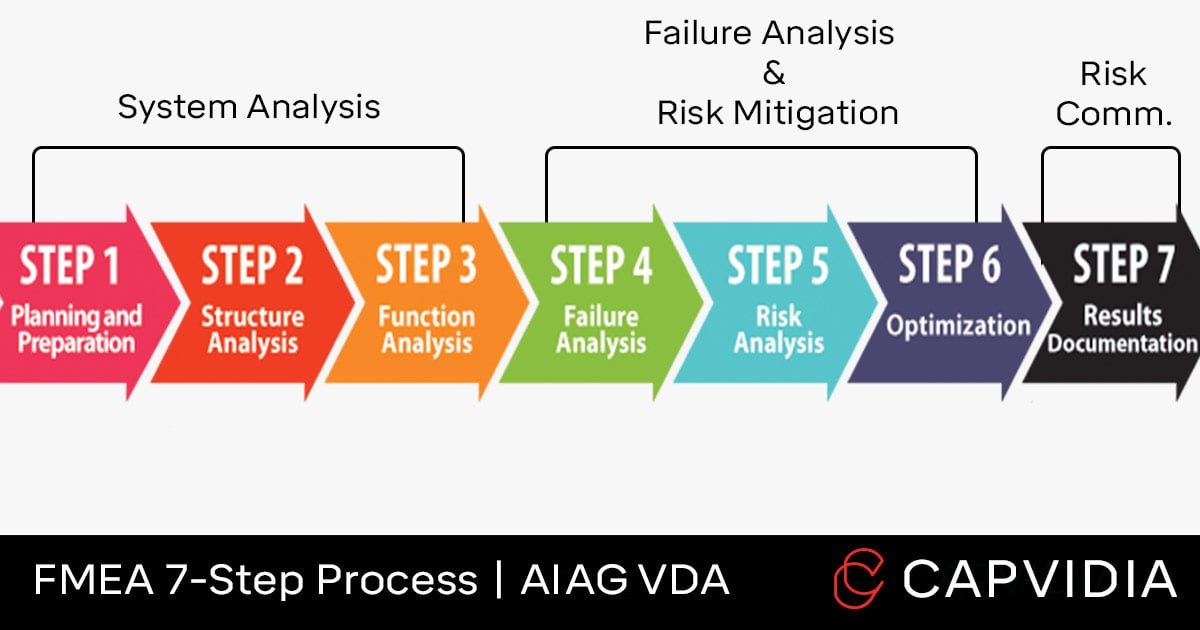
FMEA Explained 2023 Guide
Reverse FMEA is a structured process of continuous improvement that aims to ensure the permanent updating and progress of an FMEA (Failure Mode and Effect Analysis) study. This risk assessment method is based on reality and not predictive reliability.
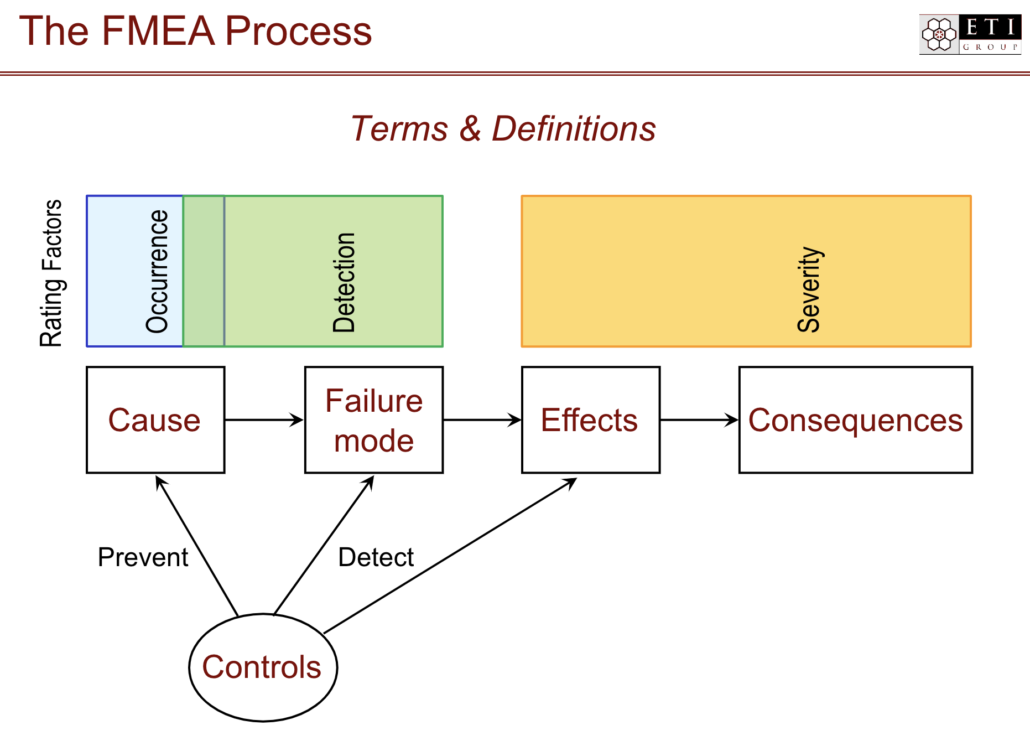
Failure Mode and Effects Analysis (FMEA) Overview Jama Software
3. There are no RFMEA experts. 4. Standardized tools to manage tooling risk exist in the automotive industry that negate the need for the RFMEA when used correctly. 5. There is a lack of understanding of how to properly use the available standardized tools to manage tooling risk. 6.
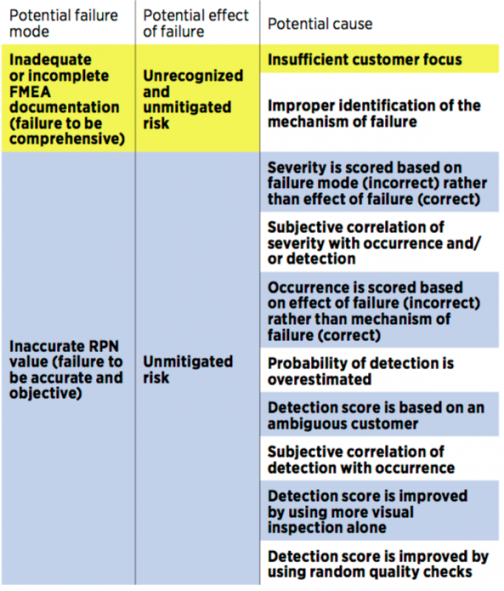
Process FMEA Template, Use Cases, and Examples
Watch on What is the Reverse FMEA? Reverse FMEA in its simplest form is a bottom-up validation. When you create an FMEA you are starting from an ideal top-down perspective because the FMEA sets the cadence for the control plan, the work instructions, and eventually will end up on the floor. However, with Reverse FMEA you are going to the floor.

Reverse Fmea Example PPT FMEA PowerPoint Presentation ID193914
Course Duration: 2 Days - 8 Hours/day. This two-day, hands-on seminar is intended to offer insight into, and hands-on experience with, the linkages between various aspects of the Advanced Product Quality Planning (APQP) process. Specifically, the development and linkage of the PFMEA to the Reverse FMEA. RFMEAs are performed after production.
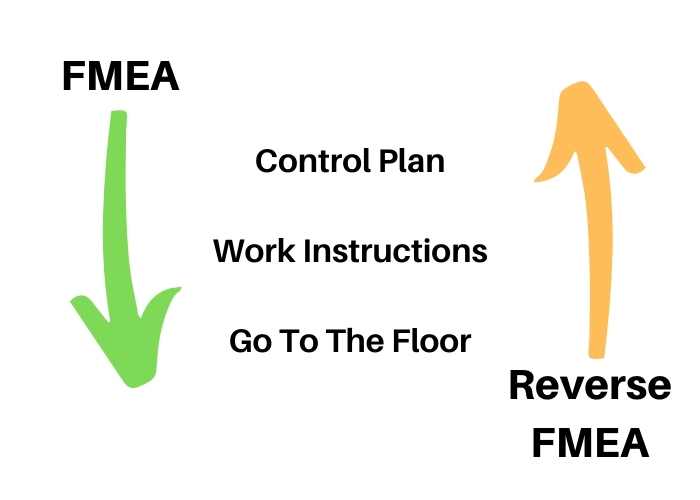
Process FMEA Template, Use Cases, and Examples
In basic terms, the Reverse FMEA (always centered on the PFMEA) is a focused review of the operation, to access controls identified in the approved PFMEA and testing to verify the ranking assigned for the various prevention and detection controls.
The traditional FMEA procedure Download Scientific Diagram
On Dec. 7, 2021, Ford Motor Co. updated its IATF 16949—"Customer specific requirements" (CSR), which requires the use of reverse FMEAs (RFMEA) on new equipment ("tooling"). The first sentence of the reverse FMEA requirement reads: "Organizations are required to have a process in place that ensures all new launches complete an RFMEA.
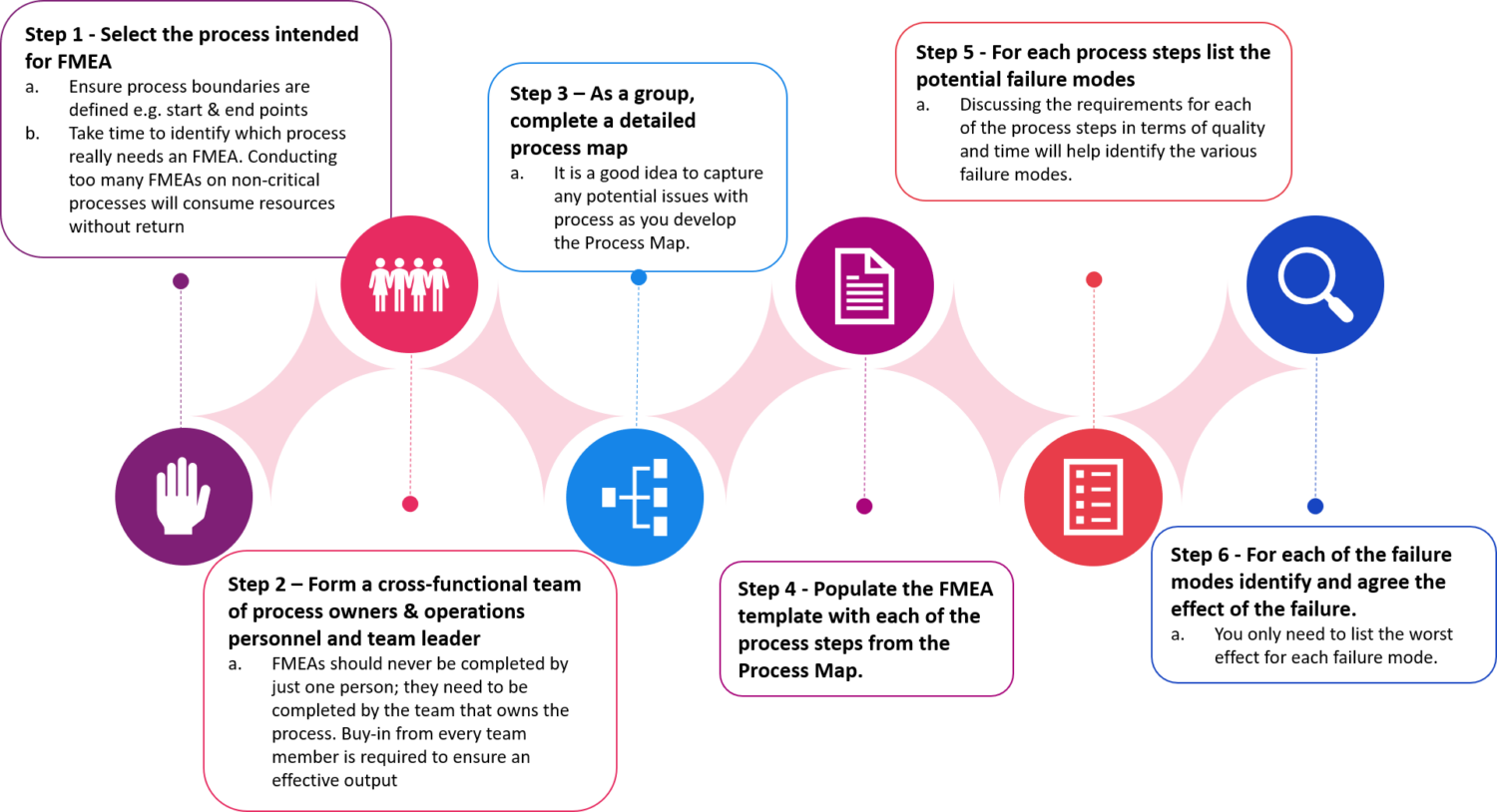
Process FMEA a step by step guide Bourton Group LLP
Reverse FMEA is a structured process of continuous improvement that aims to ensure the permanent updating and progress of an FMEA study. Therefore, it is a tool to support the application of FMEA.
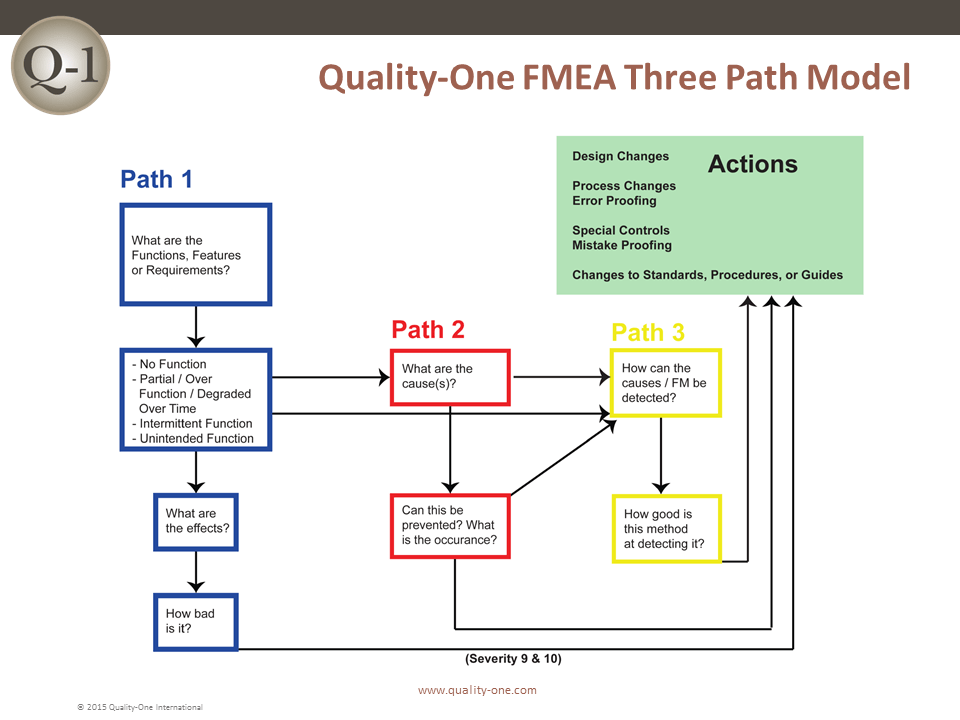
Reverse Fmea Example PPT FMEA PowerPoint Presentation ID193914
The subject of the reverse P-FMEA is the assessment of possible errors included in the FMEA that was carried out by the cross-sectional team directly at the workplace. Courses Leadership and management skills
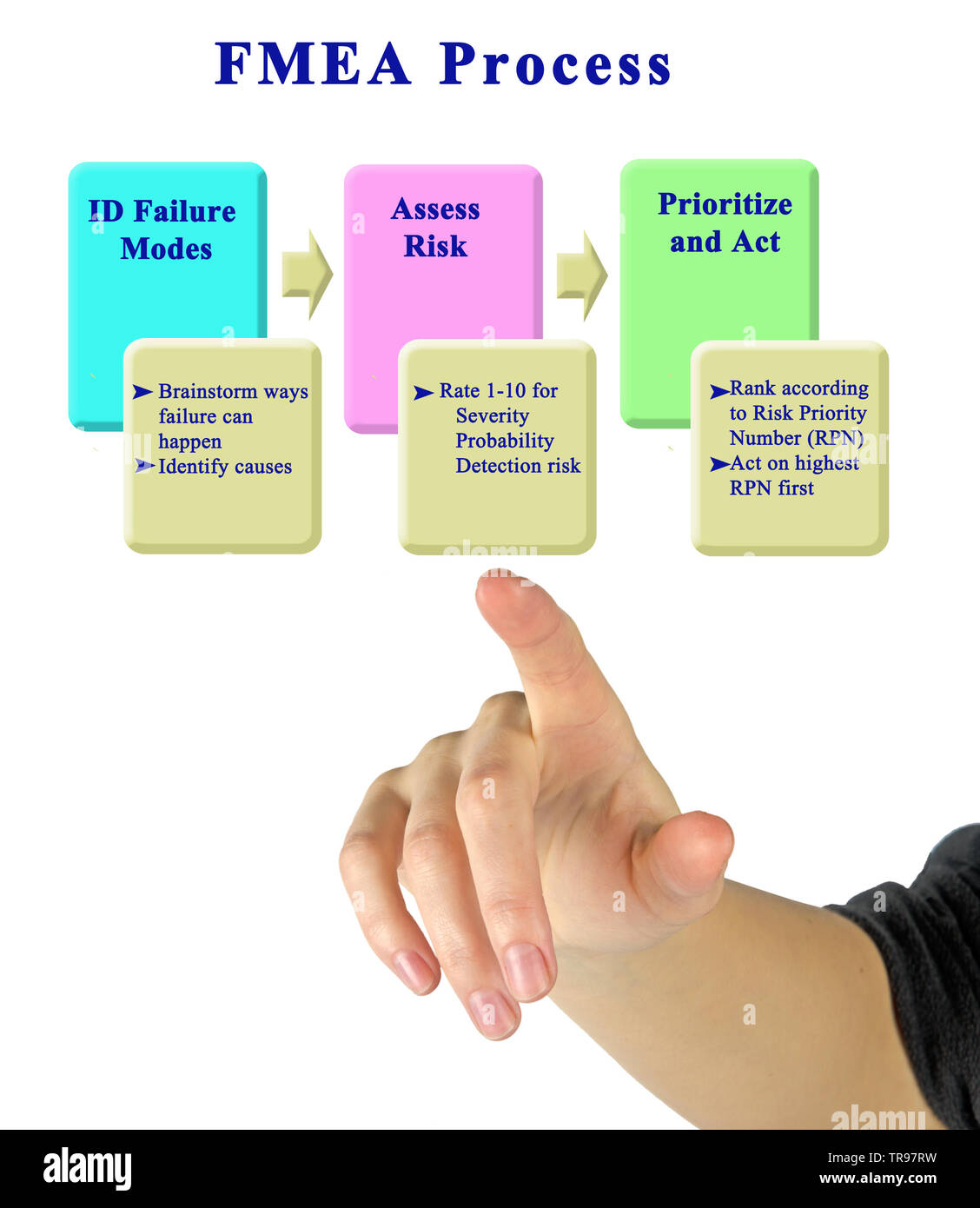
Steps in FMEA Process Stock Photo Alamy
Reverse FMEA (Failure Modes & Effects Analysis) is one of the most recent tools used for continuous improvement, which I personally consider a revolution in the field of risk management. Reverse FMEA is used to enhance the PFMEA, since it's based on on-site observation.
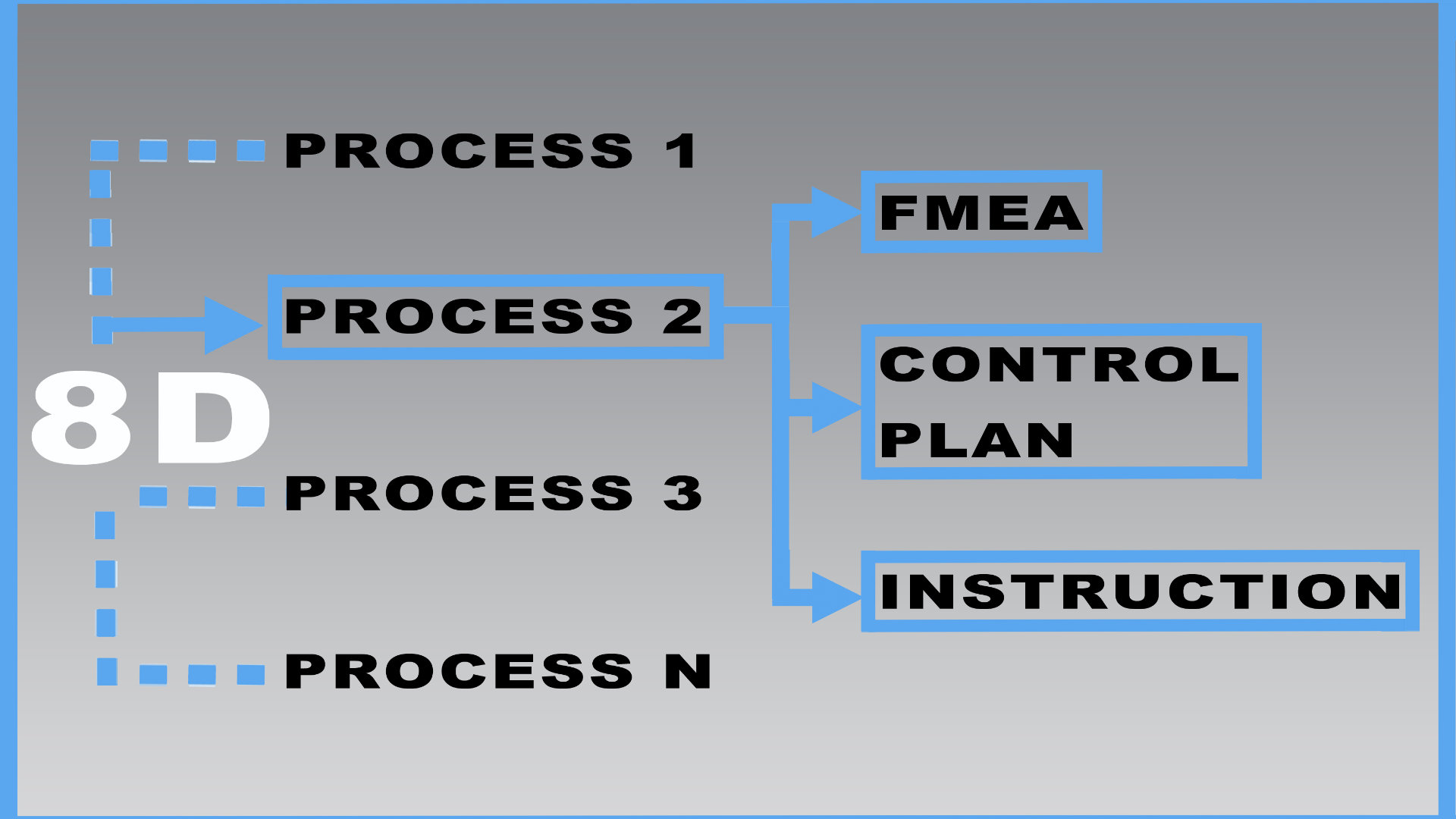
Reverse FMEA
Reverse FMEA is a structured process of continuous improvement that aims to ensure the permanent updating and progress of an FMEA (Failure Mode and Effect Analysis) study. This risk assessment method is based on reality and not predictive reliability. The recording is available for you to watch, or find it on our podcast.

Reverse FMEA Webinar YouTube
What is Reverse FMEA? Reverse FMEA in its simplest form is a bottom-up validation. When you create an FMEA you're starting from an ideal top-down perspective. Reverse Process FMEA Fundamentals - Live Virtual Seminar

Reverse Fmea Example PPT FMEA PowerPoint Presentation ID193914
Reverse PFMEA is a structured process used to ensure your PFMEA matches your process, and your process matches your PFMEA. The PFMEA is evaluated using actual process performance, as the PFMEA is compared to process metrics and is walked through the manufacturing process to validate the match.

Reverse FMEA, a Big Revolution for Automotive.
Reverse FMEA in its simplest form is a bottom-up validation. When you create an FMEA you're starting from an ideal top-down perspective because the FMEA sets the cadence for the control.
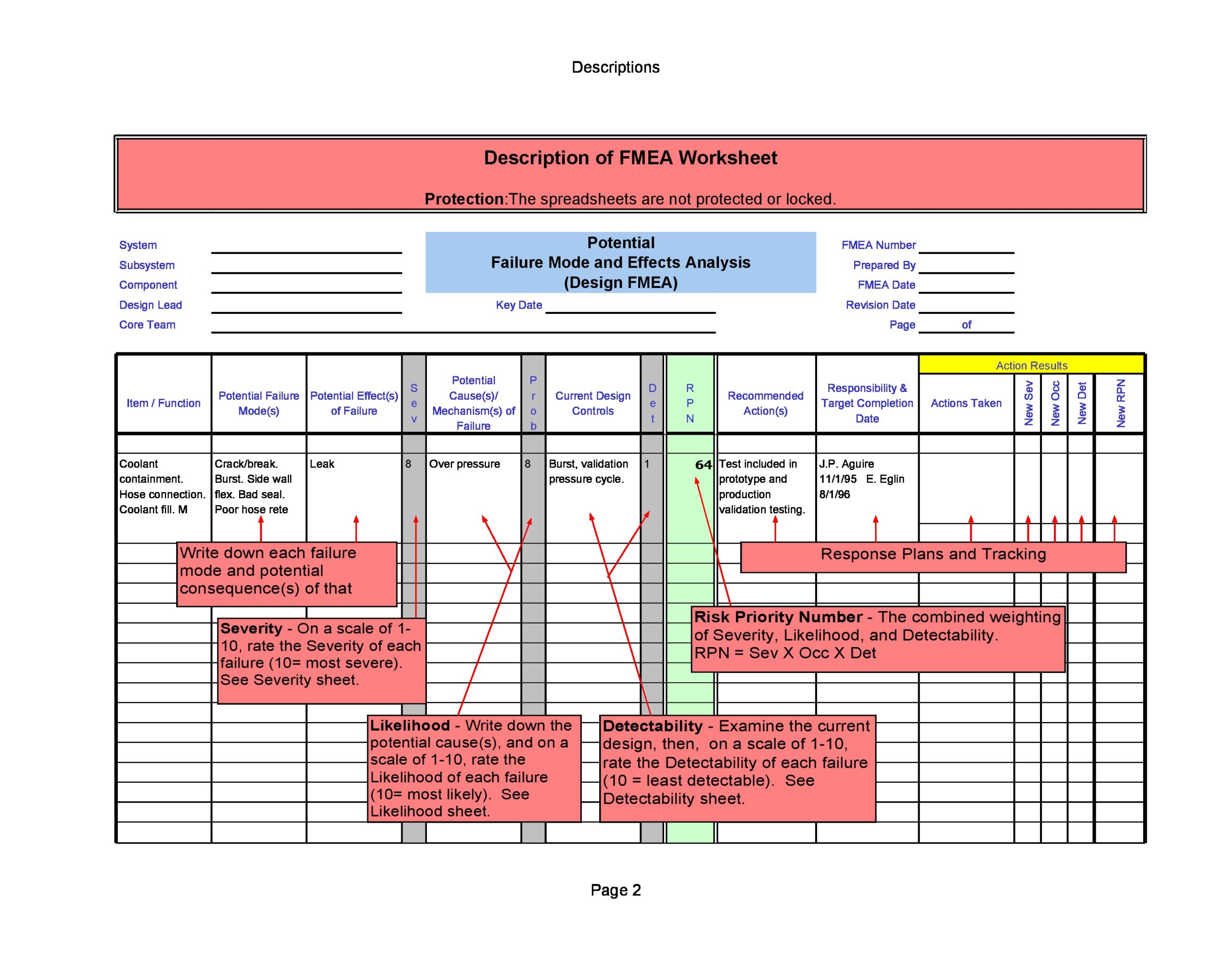
30 Useful FMEA Examples (Free Templates) TemplateArchive
Begun in the 1940s by the U.S. military, failure modes and effects analysis (FMEA) is a step-by-step approach for identifying all possible failures in a design, a manufacturing or assembly process, or a product or service. It is a common process analysis tool. "Failure modes" means the ways, or modes, in which something might fail.
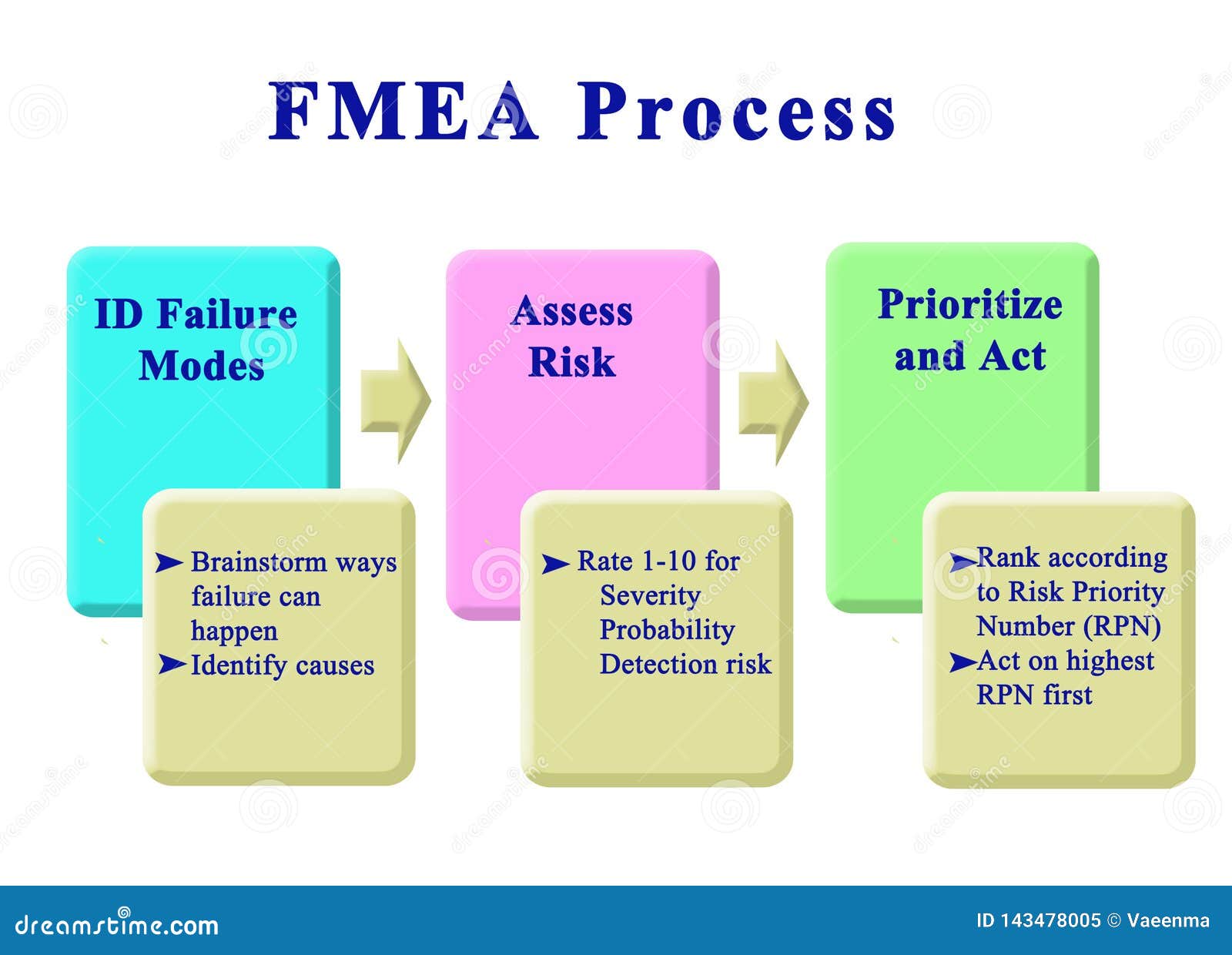
Steps in FMEA Process stock illustration. Illustration of happen
The purpose of Reverse FMEA is to validate the assumptions made when the FMEA was created and see if they still hold true. In this process, the observations from the Reverse FMEA are incorporated into the existing Process FMEA and further processed there. This means that new defects and new causes of defects may be discovered, which may also.

Reverse Evaluation of Failure Mode and Effects Analysis Model A New
4 Stages of Reverse FMEA Key: A) Metrics B) Scrap C) Recommended Actions D) Special Characteristics E) Risk Prioritization Planning PERFORMED PRIOR TO THE REVERSE FMEA A. Line's metrics and historical performance B. Top 3 scrap issues for the line C. Future activities that will affect this line